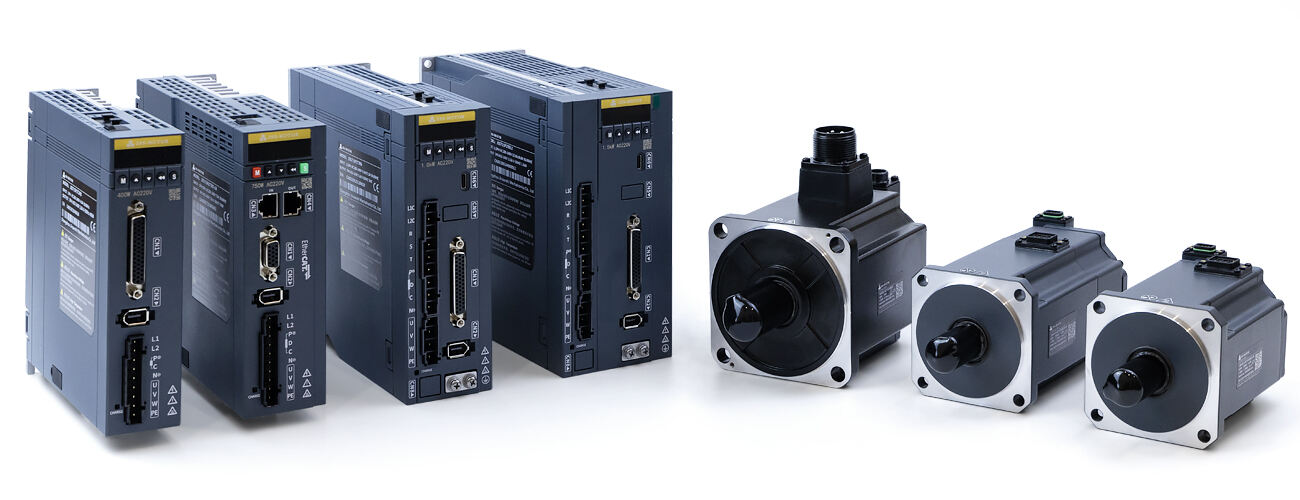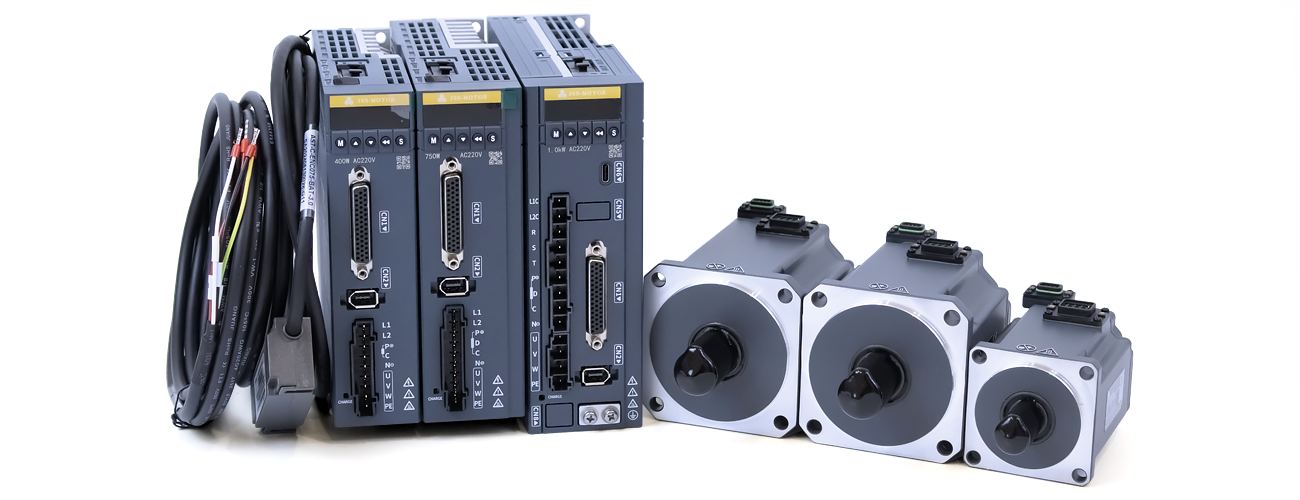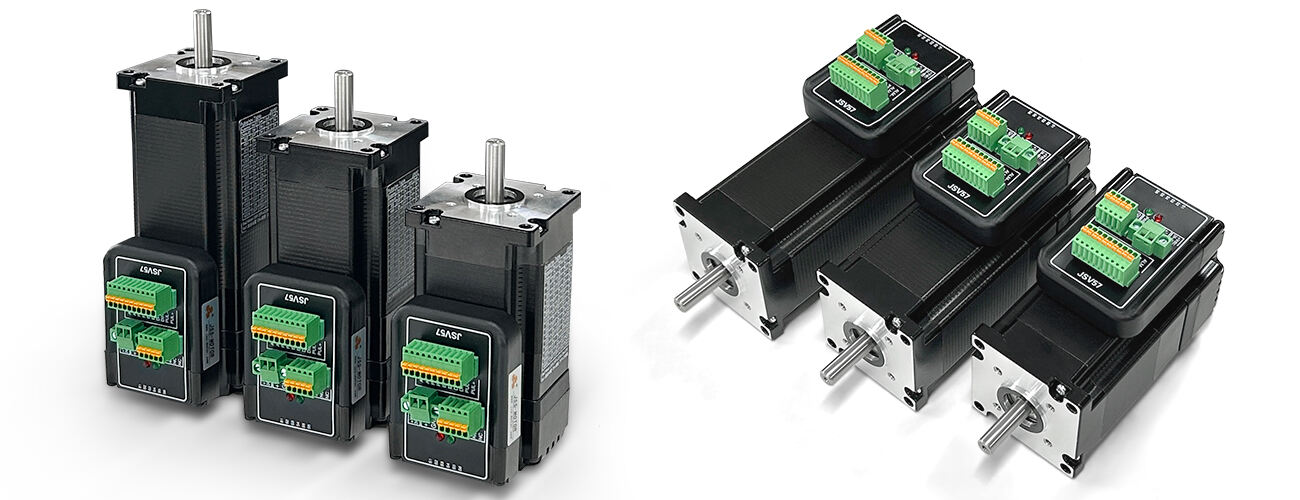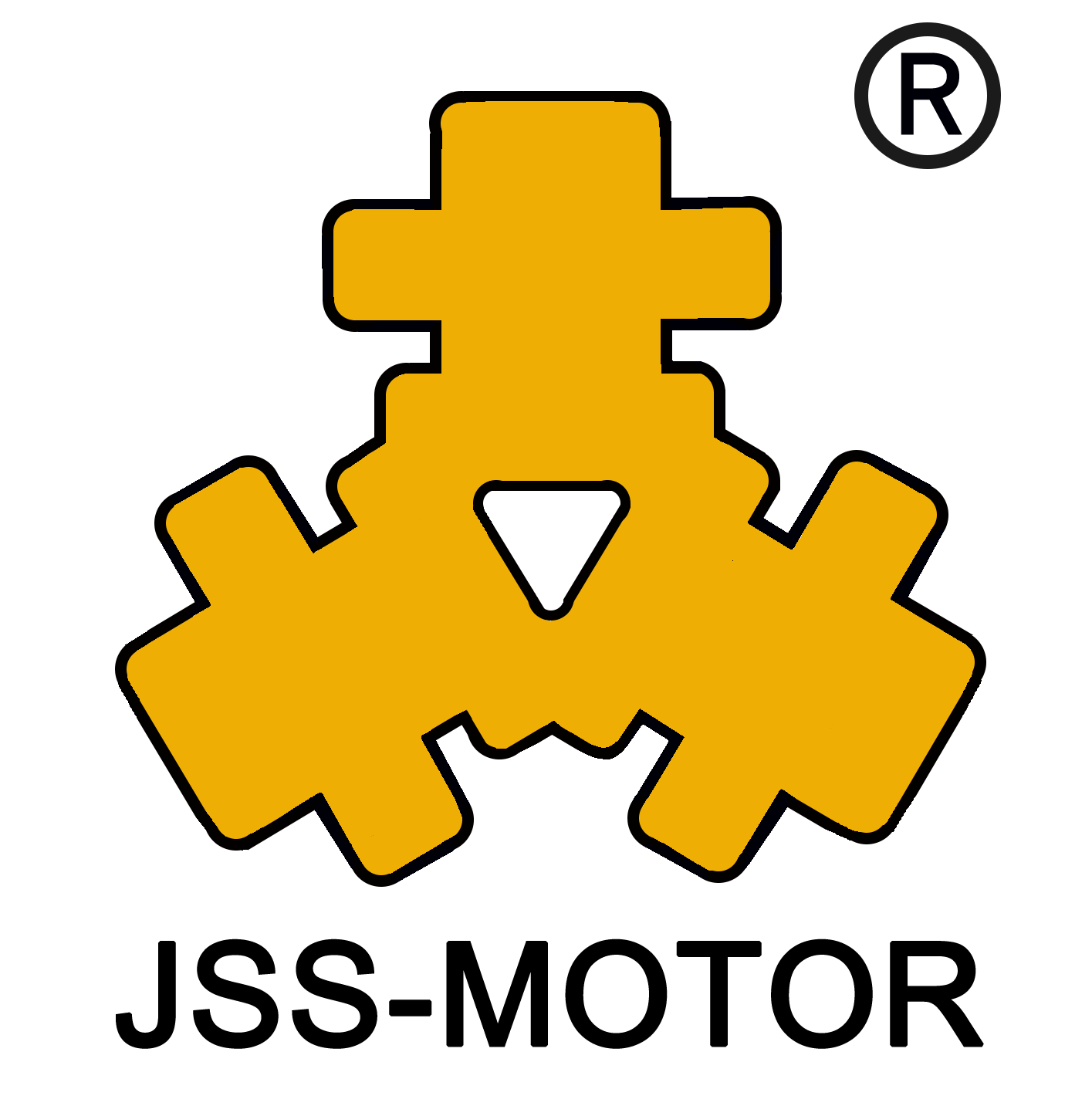What is a Servo Motor? A Detailed Explanation of Its Working Principle and Applications

What is a Servo Motor?
A servo motor typically consists of a complete servo system consisting of the motor, a high-precision encoder (or other feedback sensor), a servo drive, and a host controller. Unlike conventional motors, this system relies on a closed-loop feedback control mechanism, enabling high-precision control of position, speed, and torque in real time based on commands, while also offering rapid response.
How Does a Servo Motor Work?
The precision of a servo motor stems from its closed-loop control system. This system achieves high-precision control through a continuous command-feedback-correction cycle: the upper-level controller first issues a command signal specifying the target position; the servo drive then amplifies this signal into a high-power current to drive the motor. Simultaneously, the motor's built-in encoder or sensor monitors the actual position and speed in real time and provides feedback to the drive. The drive continuously compares the target and actual positions using control strategies such as PID algorithms. Once a deviation is detected (such as due to load changes), it immediately adjusts the output current for dynamic correction. The entire process is completed within milliseconds, enabling the motor to quickly reach and accurately maintain the target position, remaining stable even under external interference. This significantly outperforms open-loop solutions such as stepper motors in terms of torque, speed, and position control.
Types of Servo Motors
Servo motors can be divided into DC Servo Motors and AC Servo Motors according to the type of power supply.
-
AC Servo Motors

Under AC power supply conditions, motors are primarily classified into permanent magnet synchronous servo motors (PMSM) and asynchronous servo motors (ASM), depending on their operating principle and structure. PMSM offer advantages such as high precision and high response, and are widely used in high-precision control applications such as industrial robots, CNC machine tools, semiconductor equipment, and automated production lines. On the other hand, asynchronous servo motors are more suitable for equipment with high power, high speed and relatively low precision requirements, such as centrifuges, compressors, etc.
-
DC Servo Motors

When powered by DC power, servo motors are primarily classified as Brushed DC Servo Motors and Brushless DC Servo Motors (BLDC), depending on their structure and operating mode. The core difference between the two lies in their commutation method: brushed DC servo motors use mechanical commutation, relying on physical contact between brushes and a commutator; whereas BLDC servo motors use electronic commutation, utilizing position sensors and actuators for precise control. Currently, BLDC servo motors, with their significant advantages in performance, reliability, and service life, have gradually replaced brushed types and become the mainstream choice for high-precision, high-reliability servo applications.
Servo Motor Applications
The unique capabilities of servo motors make them indispensable in a wide array of fields:
- Industrial Automation: Robotics, CNC machining, packaging equipment, etc.
- Robotics: Controlling joints in robotic arms and legs with precise movement.
- Consumer Electronics: Drive the lens in the camera to achieve autofocus and control the print head movement of high-end 3D printers.
- Medical Equipment: Powering precise tools in surgical robots and controlling fluid pumps in diagnostic machines.
Featured Servo Motor Products
-
NEMA 23 Integrated DC Servo Motor: a 57mm frame size brushless DC motor integrated with a 16-bit encoder and a servo drive.
-
EtherCAT AC Servo Motor: Servo Motor covering the most common power range of 0.05kW to 7.5kW with the 17-bit multi-turn magnet absolute encoder. Servo drive supports both single-phase and three phase power supply systems with EtherCAT communication.
-
Pulse AC Servo Motor: Servo Motor covering the most common power range of 0.05kW to 7.5kW with the 17-bit multi-turn magnet absolute encoder. Servo drive supports both single-phase and three phase power supply systems with Pulse communication.



